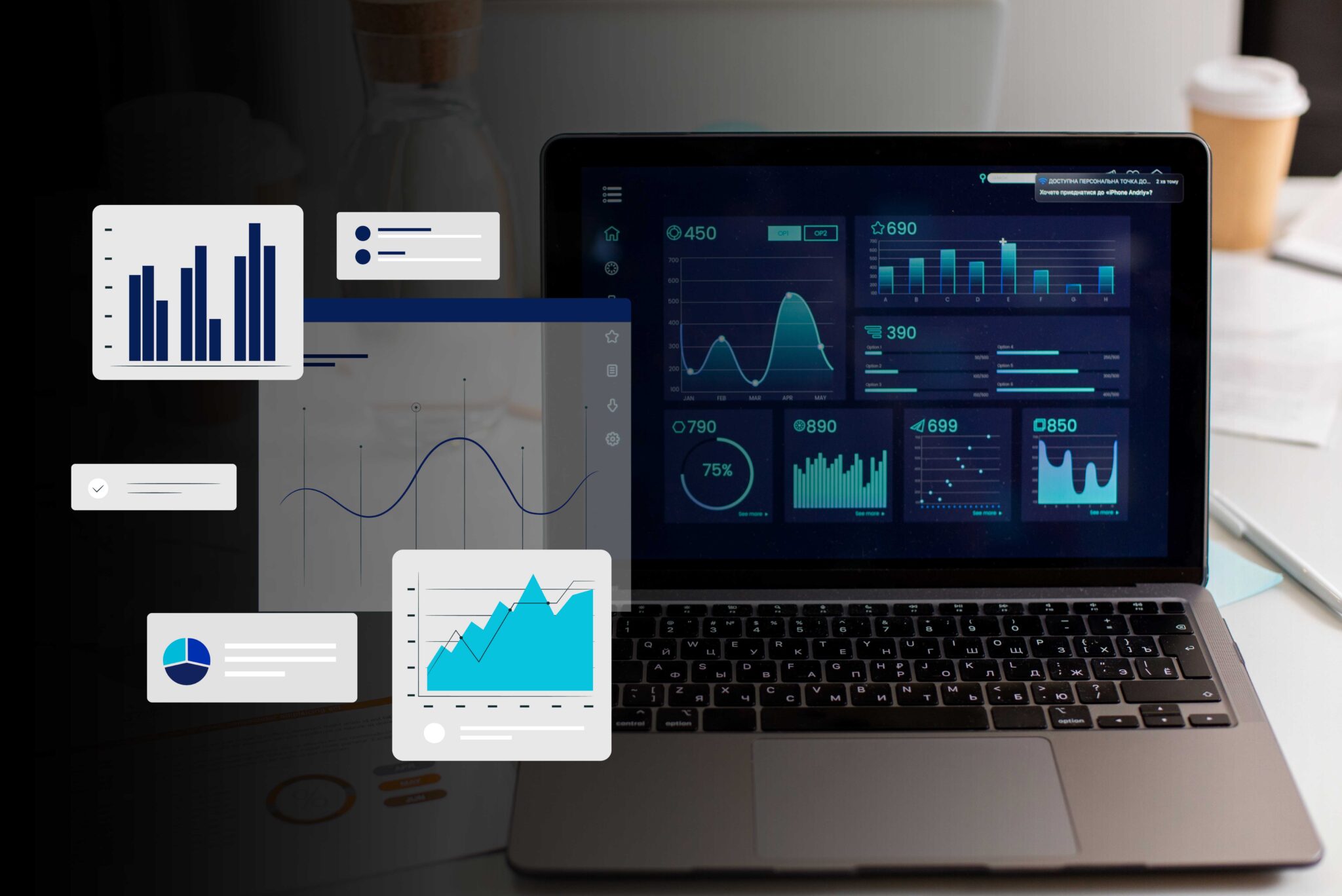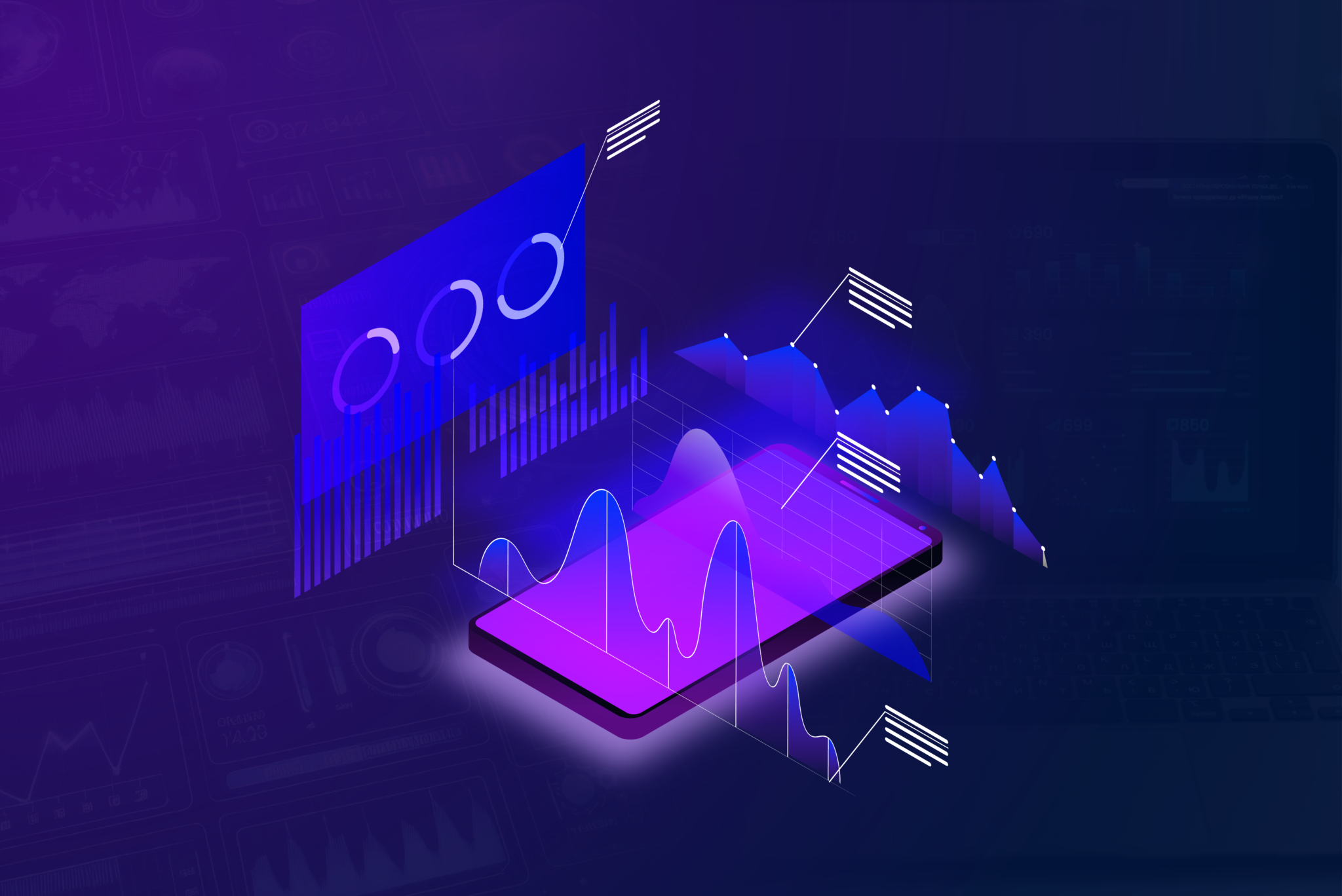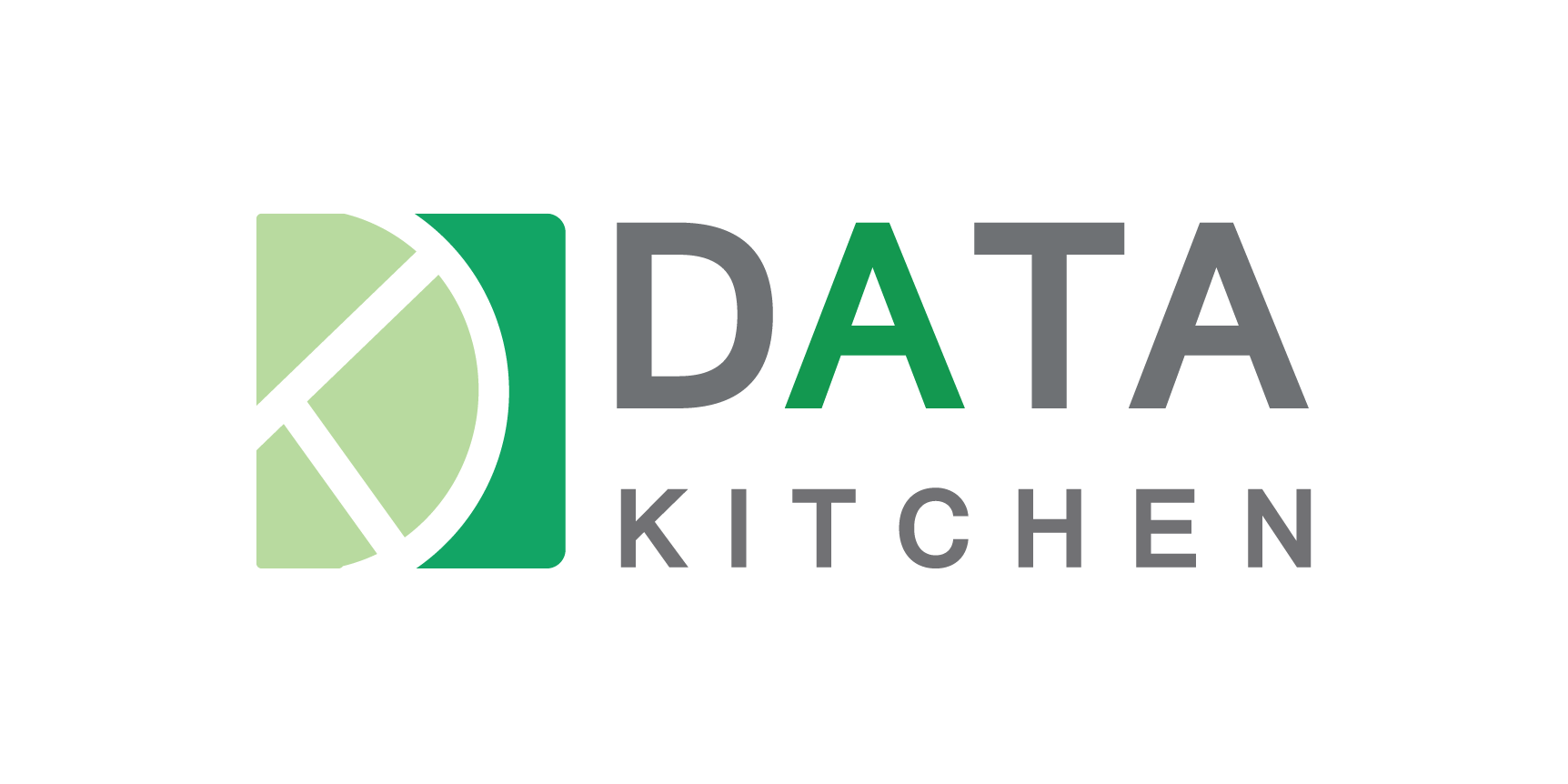Introduction:
Data engineering has become an important or must have thing for businesses who want to use their data for useful and actionable information. As we are talking about the present year 2024, the prospect of data engineering tools and technologies are constantly changing. If you want to mark your presence and make your place in these trends, or you are a data engineer you need to follow top data engineering tools and technologies trends in 2024. It will improve your data management capabilities. So let us discuss the ten best data engineering tools and technology trends to follow in 2024.
1. Apache Spark
Apache Spark is a powerful open-source data processing engine popular for its speed and versatility. It can manage large-scale data processing and real-time analytics, making it a must-have tool for many data engineering tasks.

Key Features:
- In-Memory Processing: It effortlessly speeds up data processing by keeping data in memory.
- Scalability: Apache Spark can manage large datasets efficiently.
- Versatility: Another exciting feature of versatility supports data sources and formats.
- Machine Learning: Apache Spark is integrated MLlib for machine learning tasks.
Example Use Case: A financial institution is using Apache Spark to process transaction data in real-time. It effectively detects fraudulent activities and provides strict security.
2. Databricks
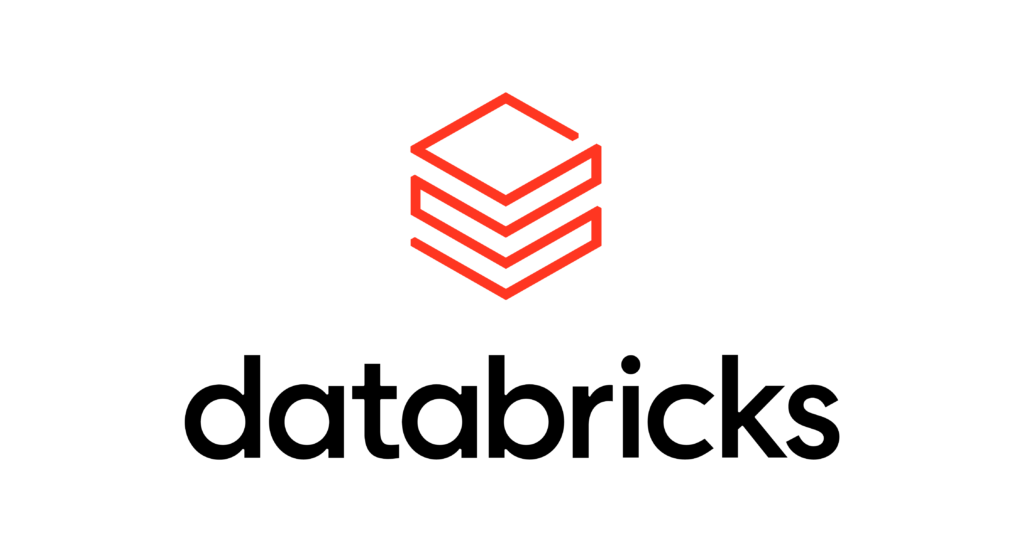
Databricks is built on Apache Spark. It provides a combined analytics platform to simplify big data processing and machine learning.
Key Features:
- Unified Platform: This unique feature of Databricks combines data engineering, data science and machine learning for you.
- Collaboration: It allows multiple users.
- Scalability: With its scalability advancement, it manages big data efficiently.
- Integration: It works efficiently with different data sources and third-party tools.
Example Use Case: A healthcare company is using Databricks to analyze patient data, improving diagnosis and treatment plans through predictive analytics.
3. Snowflake
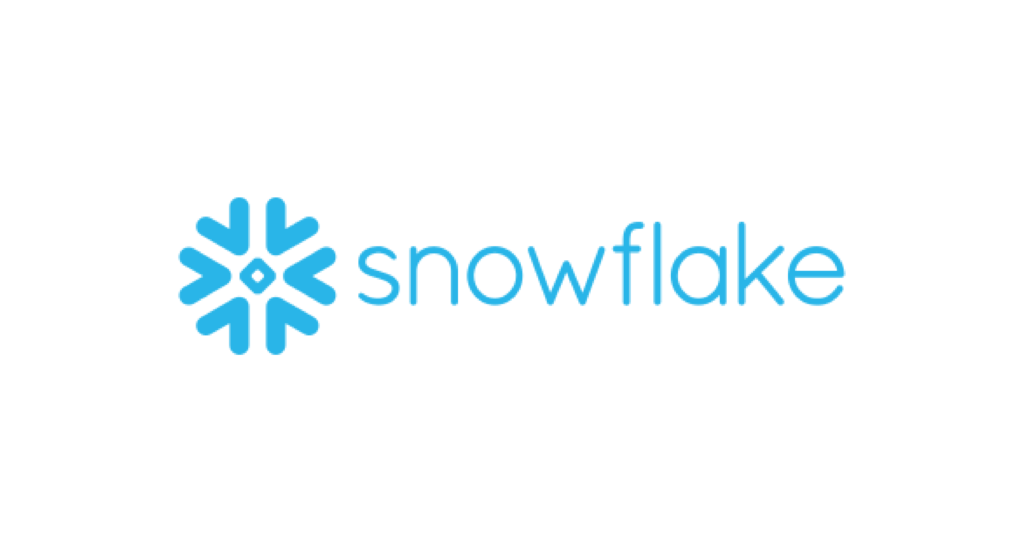
Snowflake is a cloud-based data warehousing solution. It is popular for its performance, scalability and ease of use. It allows businesses to store and analyze big amounts of data flawlessly.
Key Features:
- Elastic Scalability: This great feature of Snowflake automatically scales resources based on demand.
- Data Sharing: It securely shares data across different businesses.
- Integration: Snowflake’s integration is compatible with many data integration and BI tools.
- Cost Efficiency: It allows you to pay only for the resources used.
Example Use Case: An e-commerce company is using Snowflake to store and analyze customer behavior data, optimizing marketing strategies and improving user experience.
4. Talend
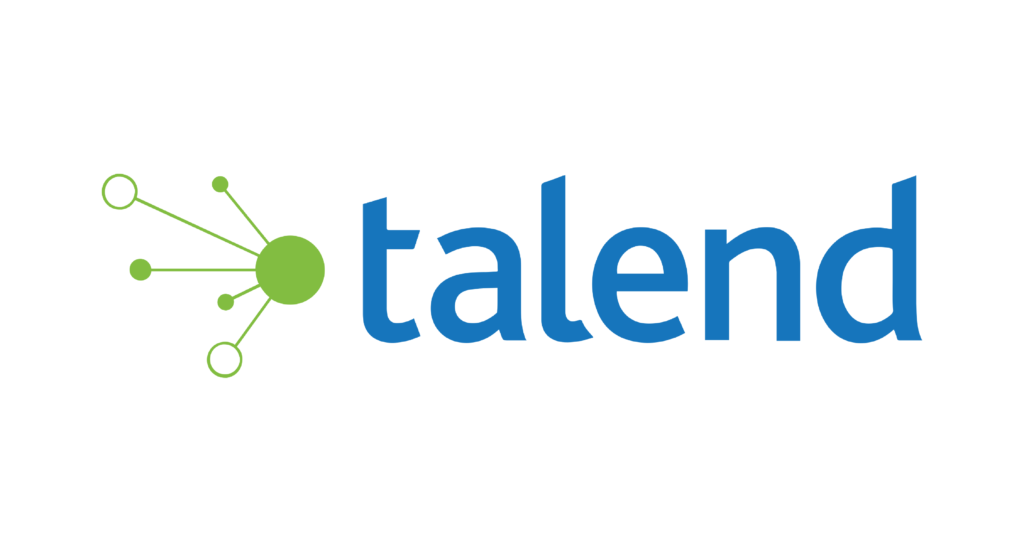
Talend is a comprehensive data integration tool. This efficient tool simplifies the process of connecting, innovating and managing data from different sources. It supports big data, cloud and real-time data integration.
Key Features:
- Wide Connectivity: It connects to over 900 data sources.
- Data Quality: Talend’s data quality provides data accuracy and consistency.
- Big Data Support: It provides native support for Hadoop and Spark.
- Real-Time Processing: Talend efficiently manages streaming data.
Example Use Case: A logistics firm is using Talend to integrate data from different systems. It provides a unified view of supply chain operations and improving decision-making.
5. Amazon Web Services

AWS provides a suite of cloud services that supports data engineering. It also helps with data storage, processing and analytics. AWS provides scalable and reliable infrastructure for data-based tasks.
Key Features:
- Data Storage: It helps with S3 for scalable and secure object storage.
- Data Processing: It allows EMR to be used for big data processing.
- Machine Learning: You can use its SageMaker for building and deploying ML models.
- Analytics: You can also use Redshift for fast data warehousing and analytics.
Example Use Case: A media company is using AWS to store and analyze a large amount of user data. This support makes you capable of managing content recommendations and user engagement through machine learning.
6. Apache Kafka
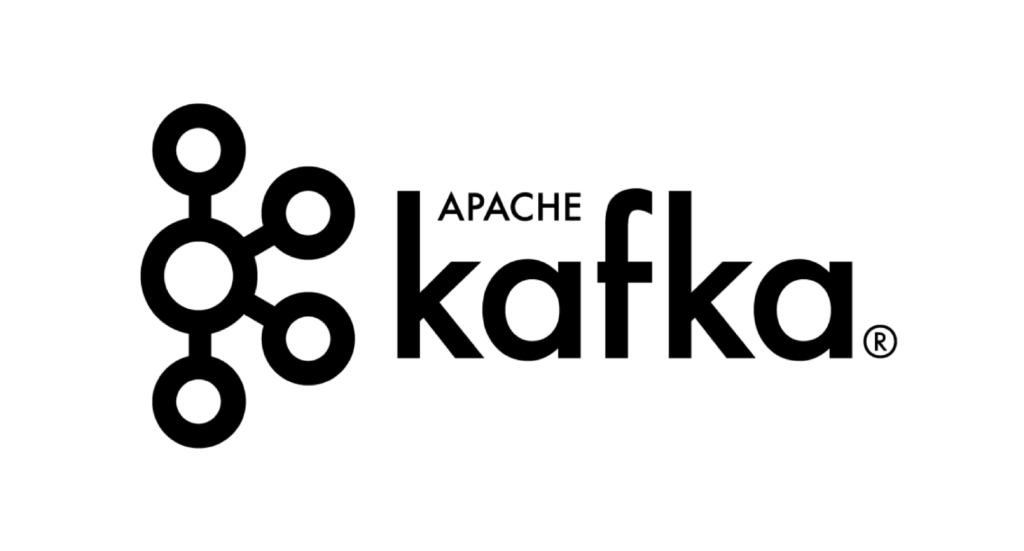
This distributed event simplifying platform can manage heavy data streams. It builds real-time data pipelines and simplifies applications.
Key Features:
- Scalability: Apache Kafka easily scales to meet your increasing data demands.
- Durability: It gives you the peace of mind that your data is reliably stored and available.
- Integration: Apache Kafka works well with different data processing frameworks.
Example Use Case: A telecommunications company is using Apache Kafka to simplify and analyze call data.
7. Python
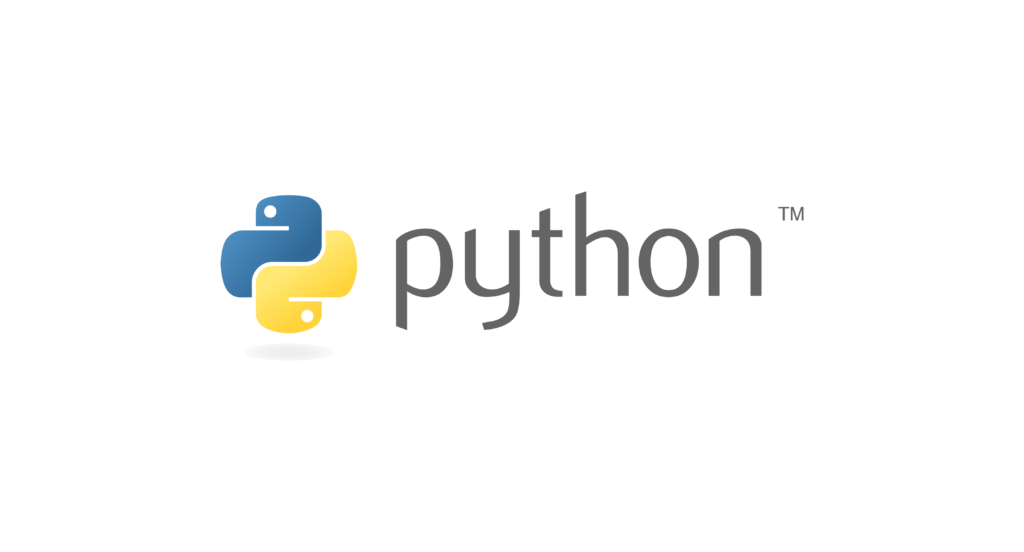
It is a versatile programming language. Python is used at a big level in data engineering. The reason behind its popularity is its simplicity and big library support.
Key Features:
- Data Libraries: It allows you to use Pandas and NumPy for data manipulation.
- Visualization: You may also try Matplotlib and Seaborn for your data visualization tasks.
- Machine Learning: Its Scikit-learn and TensorFlow for ML tasks can effectively help.
- Integration: Python easily integrates with other data tools and technologies.
Example Use Case: A research institution is using Python to analyze large datasets from scientific experiments. It can also be used for visualizing results and approaching information.
8. PostgreSQL
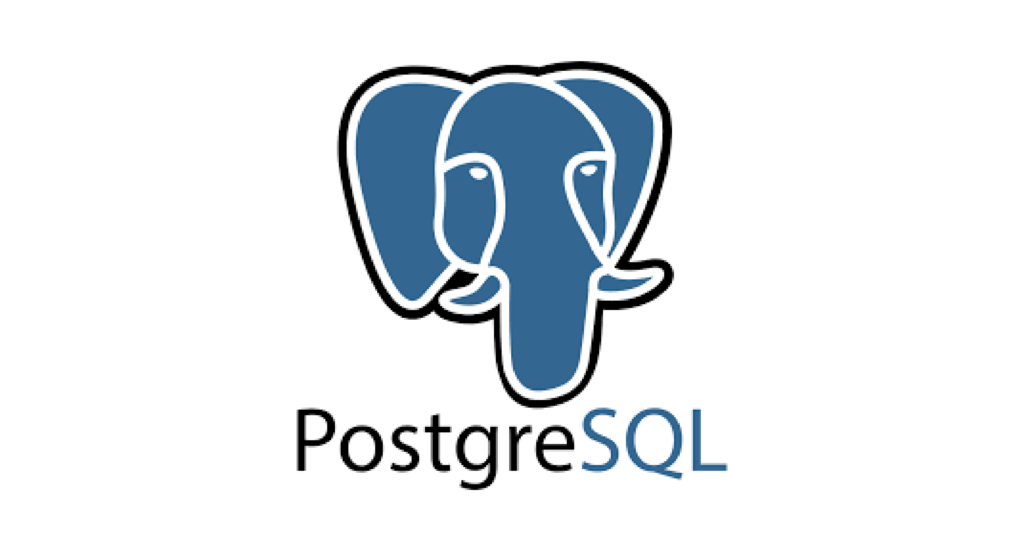
It is an efficient, open-source database system. PostgreSQL provides advancement and scalability.
Key Features:
- ACID Compliance: It provides data integrity and reliability.
- Extensibility: It supports custom functions and extensions.
- Performance: PostgreSQL is optimized for complicated queries and big datasets.
- Compatibility: It works properly with different data tools and applications.
Example Use Case: A financial services company is using PostgreSQL to manage customer data. This tool supports data integrity and quick access.
9. Matillion
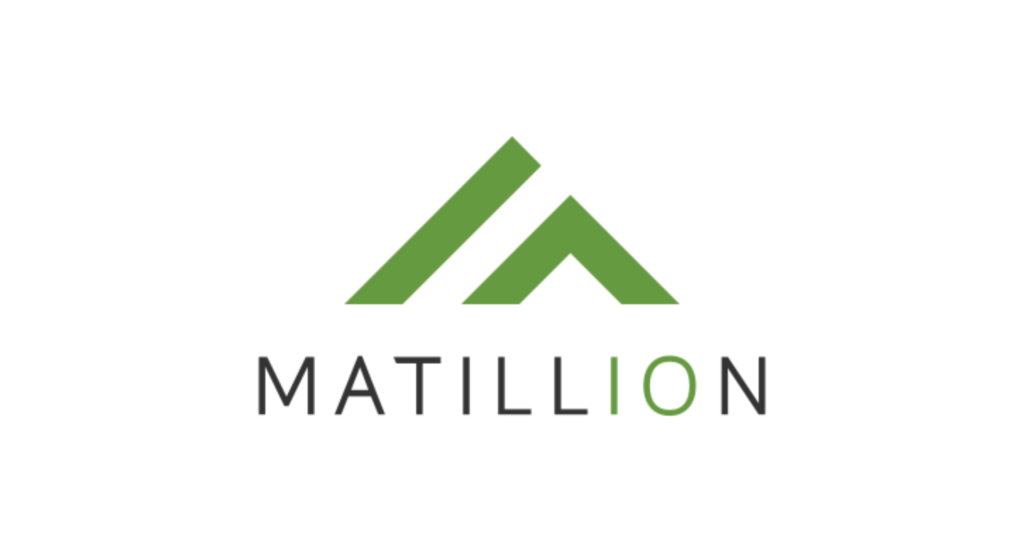
Matillion is a cloud-native data integration tool designed for modern data teams. It simplifies the process of loading, transforming and syncing data across different cloud platforms.
Key Features:
- ETL: It simplifies ETL processes for cloud data warehouses.
- Scalability: Matillion effectively manages big-scale data integration with ease.
- Integration: Works flawlessly with AWS, Google Cloud and Snowflake.
- User-Friendly Interface: It’s intuitive drag-and-drop interface for building data workflows.
Example Use Case: A telecommunications company uses Matillion to integrate and transform data from different sources by providing a unified view of customer data and improving customer service.
10. Google BigQuery

Google BigQuery is a serverless, highly scalable and cost-effective multi-cloud data warehouse designed for business flexibility. It allowed super-fast SQL queries using the processing power of Google’s infrastructure.
Key Features:
- Speed: Google BigQuery executes queries on big datasets in seconds.
- Scalability: It automatically scales to manage increasing data loads.
- Ease of Use: With Google BigQuery you don’t have to manage infrastructure as it allows focused analysis.
- Integration: It flawlessly integrates with other Google Cloud services and BI tools.
Example Use Case: A retail company is using Google BigQuery to analyze sales data from multiple channels. With this support it is approaching information into customer preferences and optimizing inventory management.
Do you want to implement the data engineering frameworks with latest tools & technologies, click here .
Conclusion
Data engineering is speedily changing, with new tools and technologies changing to match the growing demands of businesses. The tools mentioned above—Apache Spark, Databricks, Snowflake, Talend, AWS, Apache Kafka, Python, PostgreSQL, Matillion, and Google BigQuery are the best for 2024. Each mentioned tool provides unique capabilities to improve data management and analytics.
Are you curious to know more about these tools? Click here to read the next listicle of this series.







